All rights reserved. This book or any portion thereof may not be reproduced or used without the express written permission of the authors.
We hope our Handy Guide will help save you time, money, and hassle on your Costa Rica visit.
This book will also introduce you to Costa Rica Spanish terms along the way, so you will know before you go. Come, visit and enjoy exploring this wonderful country and its people where chocolate really does grow on trees!
First, a little background. Its important to understand the culture of the country. The Republic of Costa Rica is located in Central America, south of Nicaragua and north of Panama. It is also bordered by the Pacific Ocean on the west and the Caribbean Ocean on the east.
Interestingly, Costa Rica lies on a latitude below the northern tip of South America. Colombia is the first country youd reach sailing directly east from Costa Rica.
Costa Rica is about the size of Lake Michigan in the United States or the size of Denmark in Europe.
In 1502 Christopher Columbus sailed south along the Caribbean side of the country stopping near present-day Limn. According to popular lore, he named the area La Costa Rica (The Rich Coast). There were an estimated 20,000 indigenous people in the country at the time, divided into at least 25 indigenous groups.
For the next 300 years, Costa Rica was a colony of Spain. Costa Rica became part of the Captaincy General of Guatemala, itself a subdivision of New Spain (Mexico). Cartago was the first Spanish settlement in Costa Rica, founded in 1563 by Juan Vzquez de Coronado. It was the original capital of the country and remained the capital until 1823.
Because of its distance from Guatemala, Costa Rica became ignored. Being so remote and having very little gold meant it was of little importance to the Spanish.
Costa Rica joined other Central American provinces in 1821 in a joint declaration of independence from Spain. The countrys first constitution was written in 1871. The current constitution was ratified in 1947 and, when the country ended a bloody civil war, Costa Rica moved to abolish its army at the suggestion of then-Defense Minister Edgar Cardona. He proposed the idea to spend more on education and health, according to historians. Jos Figueres, provisional president at the time, took the proposal to the constitutional assembly, which gave its approval. A famous local saying is Blessed is the Costa Rican mother who knows her son at birth will never be a soldier.
Since 1949, Costa Rica has had a stable democracy, with an elected president and a Legislative Assembly. Thus, Costa Ricans are fiercely independent and have different cultural aspects and history, .
more so than other countries in Central America. Costa Rica is the home to many international organizations such as the Inter-American Court of Human Rights, the University for Peace of the United Nations and the Earth Council.
Education has been compulsory in Costa Rica since 1869 and the literacy rate in 2017 was 97.8 percent. The country is known for having more teachers than police officers. After Panama abolished its military in 1989, the border between Costa Rica and Panama became the only non-militarized frontier in Central America

Costa Rica is traversed from Nicaragua to Panama by several volcanic mountain ranges (called cordilleras). There are 121 volcanic formations in the country, but only seven of the volcanoes are currently active. The mountain ranges are home to cloud forests full of things to see.
The Resplendent Quetzal (pictured) is one of the many species that inhabit Costa Rica cloud forests.
The highest mountain in Costa Rica is Cerro Chirrip, at 3,820 meters or 12,533 feet. It is the seventh-highest peak in Central America. From Chirrip and several other high volcanic mountains in Costa Rica, it is possible on clear days to see both the Caribbean and Pacific oceans.
While Costa Rica has impressive volcanoes, it also has wild rivers tumbling down through narrow gorges, spectacular rain forests and rural roads winding through sleepy villages where farming families raise livestock, grow coffee, sugar cane, flowers, or fruits. The two main industries in Costa Rica are tourism and agriculture. Earnings from tourism amount to more than $1.7 billion US dollars per year. It is estimated that up to 80 percent of the countrys 1.7-million visitors come to participate in Eco-tourism related activities.
An elongated Central Valley that stretches through San Jos is ringed by mountains and is home to three-fourths of the countys population. The elevation of San Jos is 1,172 meters or 3,845 feet, so it is cooler than lower-elevation areas, particularly beach towns.
Costa Rica is home to the greatest density of species in the world. The small country hosts over 5 percent of all the species on earth, even though the landmass is only 0.03 percent of the Earths surface. As a result, Costa Rica highly regards and protects its environment. Wildlife reserves and national parks cover a quarter of Costa Rica, helping to maintain these precious natural wonders.
In 2012, Costa Rica became the first country in the Americas to ban recreational hunting. It uses 99 percent renewable energy to meet its electric needs.
The country is regularly ranked among the top five happiest countries in the world.
THE PEOPLE & CULTURE
While Costa Rica is a Catholic country (about 76 percent of the population), its not a stringently Catholic country. The countrys constitution guarantees religious freedom and this right is generally respected in practice. Ticos dont want to be dictated to by anyone even the Pope. As a result, youll find incongruities here such as legalized prostitution.
Costa Ricans base their time and priorities around their families, not how much money they can make in a day. Speaking of family, children take their father's last name followed by their mothers last name. Traditionally, Costa Rican women do not take their husband's last name after marriage. Instead, married women use their full maiden name for life.
Costa Rica Residents Call Themselves Ticos
Costa Ricans are relaxed and never hurried. That means they live on Tico time and can be expected to arrive late (about 20 minutes or so). Its not rude. Its just not being dictated to by a clock.

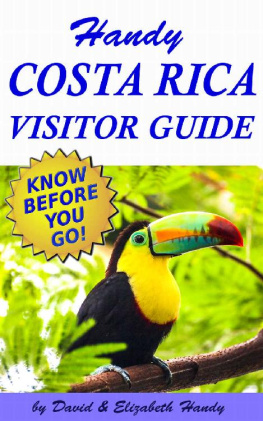
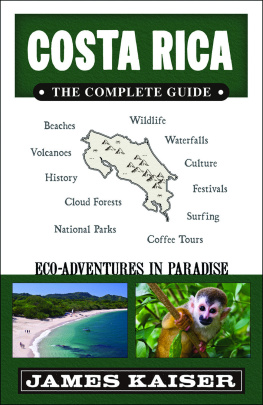

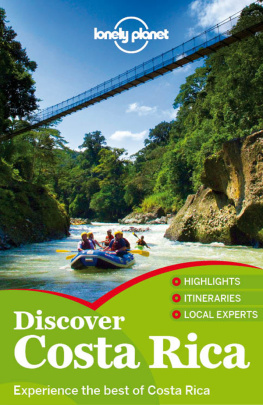
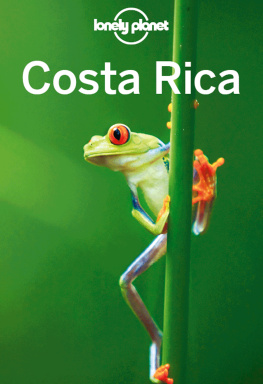
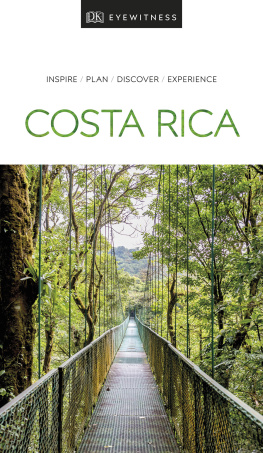
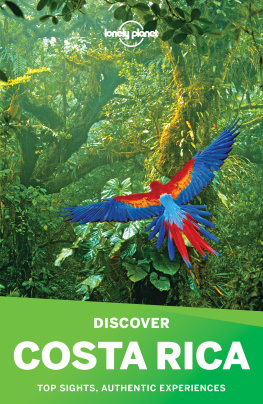
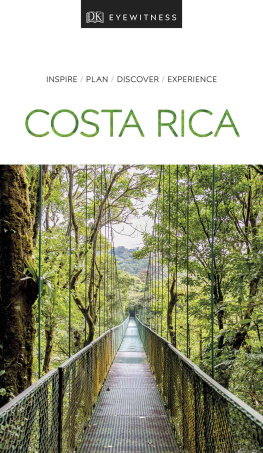
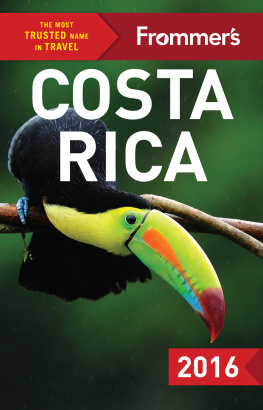
 After many years here, weve put together useful tips to help you make the most your visit. This book is jam-packed with information that will give you a head start on your Costa Rica adventure. Its the book we wish we had been able to read before our first visit to the country.
After many years here, weve put together useful tips to help you make the most your visit. This book is jam-packed with information that will give you a head start on your Costa Rica adventure. Its the book we wish we had been able to read before our first visit to the country.



